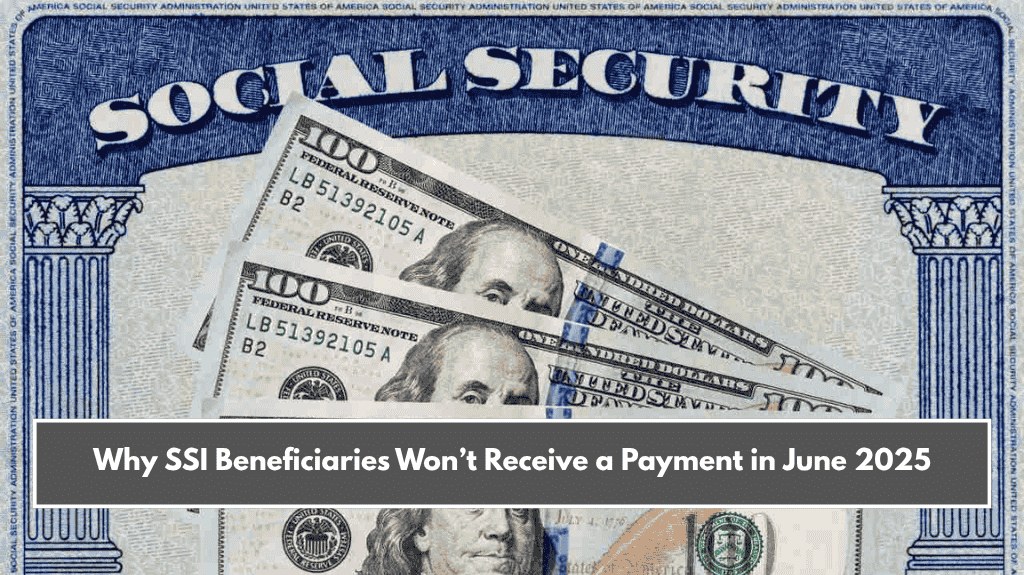Planning when to retire is one of the most important decisions you can make about your future. In the U.S., the age you choose to start taking Social Security retirement benefits directly affects how much you receive every month for the rest of your life. While you can start as early as age 62, waiting longer could mean thousands of dollars more in benefits each year.
In this guide, we’ll explain how the Social Security Administration (SSA) calculates your monthly payments, how your retirement age changes your benefit amount, and what you can do to maximize your retirement income in 2025.
What Is Social Security and How Are Benefits Calculated?
Social Security is a federal retirement program in the United States that gives monthly payments to qualified individuals—mainly retirees, people with disabilities, and their families.
The amount of your monthly Social Security payment depends on your average indexed monthly earnings (AIME), which are calculated using your 35 highest-earning years. These earnings are adjusted for inflation and used to determine your Primary Insurance Amount (PIA)—the base number for your benefits.
Maximum Social Security Benefits by Retirement Age in 2025
The SSA lets you claim retirement benefits as early as age 62, but doing so reduces the amount you’ll receive every month. On the other hand, waiting until age 70 can significantly increase your benefit amount.
Here’s a breakdown of the maximum monthly benefits in 2025 based on retirement age:
At age 62: $2,831 per month
At full retirement age (67): $4,018 per month
At age 70: $5,108 per month
If you choose to retire at 62, your benefits are about 30% lower than what you’d get by waiting until 70. After 70, your benefits no longer increase, even if you keep working.

How to Increase Your Monthly Social Security Benefits
There are two main ways to increase your monthly check:
Work for more than 35 years: If you have over 35 years of work, your lowest-earning years drop off, and higher-income years take their place, which increases your average and raises your benefit amount.
Delay your retirement: Every year you wait beyond your full retirement age (up to age 70), your monthly benefit increases. This is often the simplest way to boost your future income.
2025 Income Limits and COLA Adjustment
In 2025, only the first $176,100 of your income is used for calculating Social Security. If you earn more than that, for example $200,000, the extra $23,900 will not be counted in your benefit calculation.
To help with rising costs, Social Security adds a Cost-of-Living Adjustment (COLA) every year. In 2025, this COLA is 2.5%, which raised the average benefit for retirees to $1,976 per month.
Your Social Security retirement benefit depends heavily on how long you work, how much you earn, and when you choose to retire. Claiming benefits at 62 can mean smaller checks for life, while waiting until 70 can significantly boost your retirement income. It’s all about timing and smart planning.
If you aim to get the maximum benefit of $5,108 in 2025, make sure you’ve had 35 years of high earnings and delay claiming until age 70. These simple steps can help you secure a more comfortable and stable retirement.















